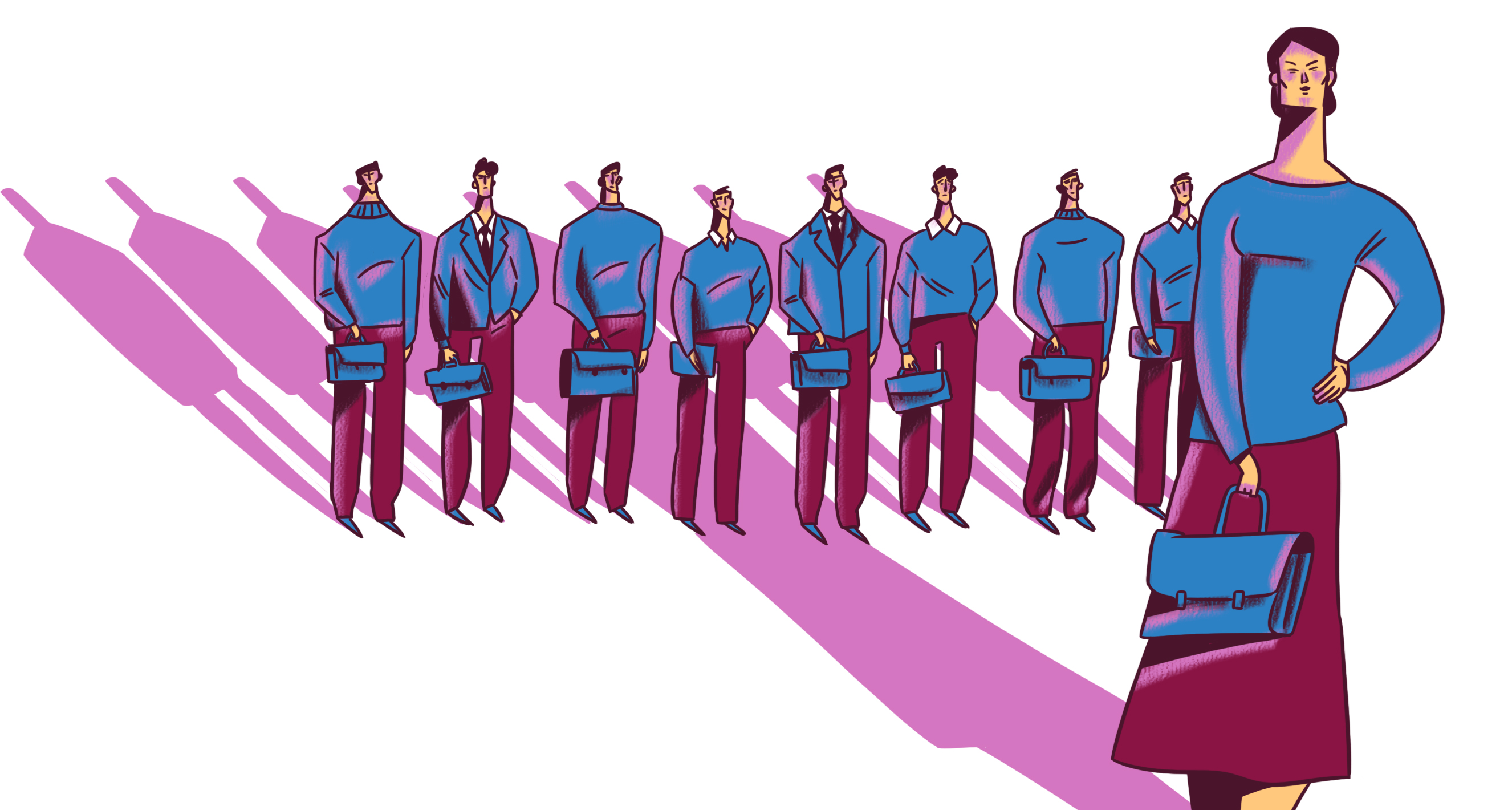In Kyrgyzstan, data journalists innovate to inform new audiences about gender inequalities
Date:

In Kyrgyzstan, data journalism is being harnessed as a powerful tool to improve data accessibility and use – one of its main objectives of the Women Count programme.
With support from UN Women, in 2019 a group of young journalists from the School of Data non-governmental organization (NGO) partnered with the popular Kloop Media outlet to produce five compelling stories based on gender statistics about critical issues, such as women’s political participation, violence against women and girls, sexual and reproductive health and rights, access to education, and barriers to women’s labour force participation.
Using multimedia to demonstrate unequal distribution of unpaid work
“These articles are still showcased during trainings as best practices,” highlights Anna Kapushenko, co-author of an article that used videos and infographics to highlight the unequal distribution of unpaid care work, which received more than 15,400 views and engaged 3,800 users on social media. Also Editor-in-Chief of Kloop Media, Kapushenko adds that this project has had a significant impact on how gender issues are now being covered. “Working with data helped journalists see the scale and systemic nature of the problem. When we look at the trends over the years, we often see that patterns do not change, or they worsen, as is happening with domestic violence.”
A video to highlight violence against women
To raise awareness about the problem of violence against women and girls, a cartoon video presented relevant research indicating that Kyrgyz women in forced marriage report significantly lower levels of life satisfaction, while children born as a result of forced marriage tend to have lower birth weights.
Innovative formats highlight different issues
An illustrated interactive quiz produced by the School of Data and published by Kloop as part of the collaboration also helped test readers’ knowledge and raise their awareness on women’s reproductive and sexual health and rights.
Another longread with infographics detailed the importance of women’s full and meaningful engagement at the highest levels of decision-making, as only one in five parliamentarians in Kyrgyzstan is a woman.
Meanwhile, a story using a scrollytelling format highlighted how gender stereotypes in education can limit women and girls’ potential and prospects, with data on gender segregation in education and careers.

Using evidence to shape public opinion
Overall, the collaboration demonstrated the power of data journalism to shed light on gender issues and potentially inform policy and advocacy. The stories garnered significant attention, receiving up to 25,000 views and 4,000 engagements each on social media. The story on unpaid care work was also recognized by the Global Investigative Journalism Network as one of the Top 10 data stories.
“Understanding and explaining gender inequality requires evidence,” says Altynai Mambetova, co-founder of the School of Data. “Data provide a means to substantiate inequalities, track progress over time, and gauge whether any progress is being made towards achieving gender equality.”
Recognizing the crucial role that journalists play in shaping public opinion and policy, and their ability to communicate gender data and statistics accurately and effectively, UN Women in partnership with the School of Data and the American University of Central Asia (AUCA) developed a training module on communicating gender statistics under the Women Count regional programme for Europe and Central Asia.
The module is designed to equip journalism students with the skills to compile, analyse and present media products using gender statistics and to increase their gender data literacy and practical skills particularly on gender stereotyping, intersectionality, discrimination and feminism.
As part of the Gender and Media Masters-level course at AUCA, students who completed the pilot module published four human interest stories that combined national gender data with compelling narratives. A gender data quiz on women’ and men’s situation in the country was published on national online media outlets 24.kg and kaktus.media, reaching some 190,000 people.
“I decided to bring public attention to gender inequalities in Kyrgyzstan by gamifying and visualizing relevant gender data, bearing in mind the media consumption habits of the audience,” explains Valentina Galich, one of the students completing the module and author of the gender data quiz. She continues to use data journalism to raise awareness on gender issues.
Fostering a new generation of gender data journalists
In 2023, UN Women in partnership with the School of Data organized a data quiz contest “Women of Kyrgyzstan: Facts and Figures” in which more than 100 journalists, bloggers, activists and data enthusiasts took part, taking quizzes and familiarizing themselves with national and international data sources and learning about Kyrgyzstan’s progress towards the SDGs and gender equality in the process. The initiative aimed at enhancing data literacy skills of participants, a crucial component in writing and thinking critically about gender equality.
“Journalists have the power to turn data into actions, ultimately shaping public opinion and influencing policy decisions through their reporting/storytelling, and serving a key role in holding governments accountable for progress towards gender equality,” adds Ala Negruta, UN Women Regional Gender Statistics Specialist for Europe and Central Asia.